If you are using Chrome, click the red hand button at the top right of the screen:

Then select: Don't run on pages on this site
If you do it correctly, the red hand will turn to green and you will no longer see this message.

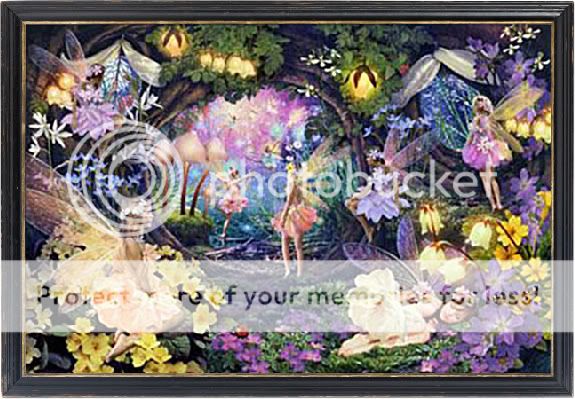

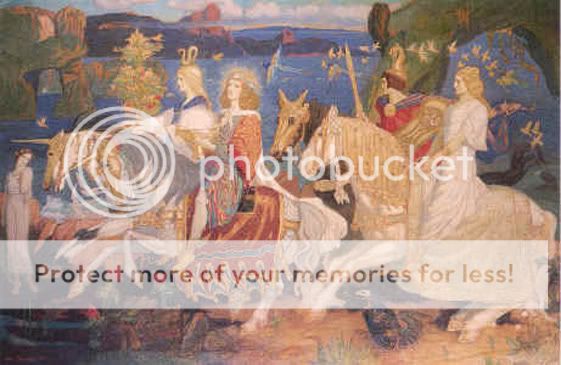
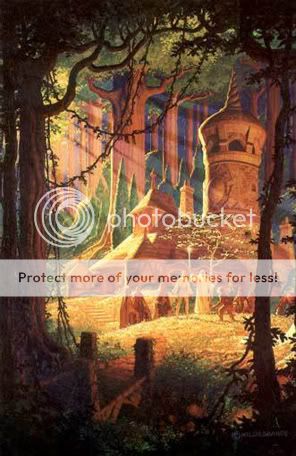



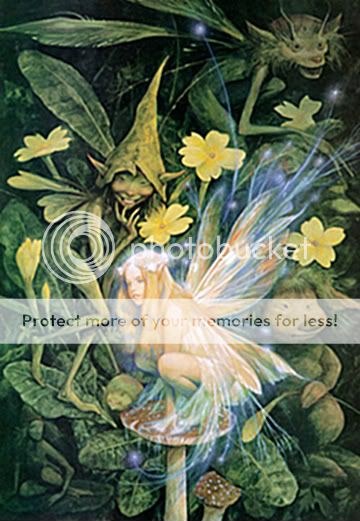



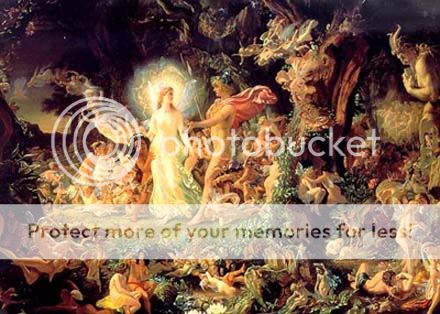
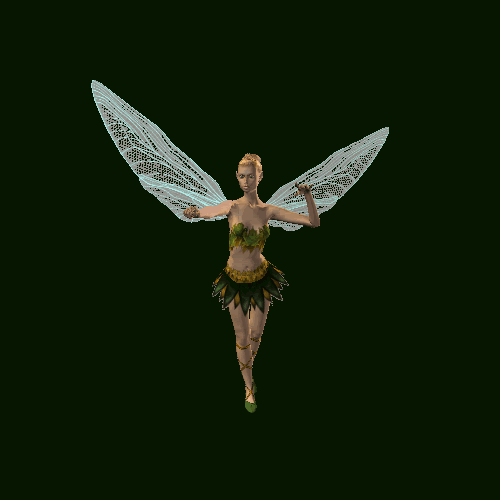


If you are under 18 I really can't give you information on the vampyre community. It does exist but don't confuse it please with the clans of Vampire: The Masquerade.
These clans would be Nosferatu, Tremere, Ventrue, Gangrel, Toreador, Brujah and some others. These are from an rpg. Some people I know have also played it live but a game it is and it bears no resemblance to the real vampyre community. Most of the terms used in the game are not used in the community such as Sire. Vampyres are not made except in fiction or superstition.
Here is one of the clans and they are fangsmiths. This is Van Houtens clan, Sabretooth:
http://www.myspace.com/sabretoothx
Here is a good place to get links to interviews and other things going on in the "real" vampyre community:
http://www.suscitatio.com/
I will list here a few Houses you can go and read:
http://www.house-eclipse.org/
There is a big listing here:
http://www.psivamp.org/community.htm
Disclaimer: I am not recommending any one of these groups. They are all members of the vampyre subculture but what I believe about any one of them and they are not all listed at this site, is personal. Everyone must follow their own path. Just don't be confused by RPGs and the lingo from them.
The following are words used by some in the vampyre community and how they define them or some define them.
Mundane:
A term used to distinguish those who are not vampires from those who are. This is, I feel, more accurate than "mortal" or "human", and serves to distinguish those who are merely living normal, mundane lives and unencumbered with the life of a vampire. It is not a disparaging term.
Note: Some also use the term Nils. Then you have the showy people who will say human or mortals, lol. Like as if vampyrics are not human or immortal. It is taken with a grain of salt...they mean the same as mundane in this usage.
Primus:
A vampire, almost always an elder, who founded or is the leader of a large family or coven of vampires. The term emerged from role-playing games as did the concept of covens of vampires but is now accepted by some.
Sire:
A term from Vampire: The Masquerade roleplaying system that has crept into general usage meaning the one who turned (or awakened) someone who is a vampire. When used it means awakened and most use the term Mentor or Teacher.
Awakening:
The physical and mental changes that occur when someone awakens to their latent vampire nature. The awakening typically occurs during or shortly after the onset of puberty, but in some individuals may take years to manifest. Those undergoing the awakening, undergo various mental and physical changes. These changes often include an increased sensitivity to light and particularly to sunlight, a growing affinity for night and darkness, having one's circadian rhythm become inverted and switching from a nocturnal to a diurnal sleeping schedule, and experiencing the first symptoms of the thirst. Many experience acute feelings of isolation and alienation during this process, as their changing nature distances them increasingly from their "normal" family and friends. Many seek out organizations or groups to help understand their desires and newfound feelings.
Note: A small minority of people get this thirst for blood. Most don't drink it and some are hybrid although I don't use that term exactly. There is an urge to take in energies (hate to say feed), you just know.
Court:
A monthly social event which is much like a "town meeting" for members of the vampiric community in a specific geographic area. Court is usually held once a month at a local tea or coffee house, lounge or haven, and only vampires and those within the community are welcome. This is an opportunity to socialize with others in the community. News and announcements are made, poetry is read, new members, elders, etc., are introduced. Here vampires are generally free to escape mundane society. The host of the court is usually a locally respected Elder who secures a date, time, venue, and promotes the event.
Elorath / Scrolls of Elorath:
From House Eclipse: "According to the OSV, this is the great vampiric essence and the vampiric astral spirits, called by the Temple of the Vampire the Undead Gods. This is one of the inner teachings of OSV. Some say this term evolved from the word "el-or-ath", which is the Atlantian term for a vampiric spirit. However, this is--" untrue! In actuality, the word originated back in the days of the original Coven, then operated by Raphael Osiris, and the "Sanguinarium" was still "the Sanguinary", and is an acronym for "Eternal Lord Our Regent Aaron Todd Hoyt". Seriously.
The above is some of the more sketchy things in the community and not all follow these things only certain factions and factions there are. I personally dont recommend the last one but to each their own. A lot of things are believed nowadays since some started the modern House system and set up heirarchy within them. Those who were born after a certain time know no other way, to them this is what is the norm for the subculture. Unfortunately it isn't old and it was sort of created by a few people and snowballed from there. All I am sharing and you have links to do your own discoveries if you are the least bit interested outside of the historical or fictional vampire.
GENDER: The Binary Fallacy

"Theme from Harry's Game" or just "Harry's Game" is a hit song by Irish group Clannad, written by members Ciarán Brennan and Pól Brennan. It was released in 1982 and served as the main track from their ground-breaking album Magical Ring. However, the song was initially written for a Yorkshire Television production called Harry's Game, which depicted The Troubles in Northern Ireland.
The lyrics are in the Irish language, and the song is to date the only British hit single ever to have been sung in Irish Gaelic. The chorus "Fol lol the doh fol the day, Fol the doh fol the day", is ancient Irish mouth-music which is common in traditional music. The song won an Ivor Novello award, and launched Clannad's global career. It has since appeared in several Hollywood movies, most notably Patriot Games, in which an IRA member is seen watching the music video for the song on his television. Its use in a Volkswagen commercial introduced Clannad to an American audience.
Puirt a beul (Scottish Gaelic: puirt à beul, pronounced [pʰurˠʃtʲ a pialˠ̪], literally "tunes from a mouth") is a traditional form of song native to Scotland, Ireland, and Cape Breton Island, Nova Scotia.
Usually, the genre involves a single performer singing lighthearted, often bawdy lyrics, although these are sometimes replaced with meaningless vocables.
In puirt a beul, the rhythm and sound of the song often have more importance than the depth or even sense of the lyrics. Puirt à beul in this way resembles other song forms like scat singing.
Some elements of puirt a beul may have originated as memory aids or as alternatives to instrumental forms such as bagpipe music.
Normally, puirt are sung to a 4/4 or 6/8 beat. Performances today may highlight the vocal dexterity by one or two singers, although four-person performances are sometimes made at mods. The Scottish band Capercaillie have recorded puirt a beul (Puirt a Beul on the album Crosswinds; Cape Breton Song on the album Delirium). The Scottish singer James Graham has recorded Puirt a Beul on his CD "Siubhal". Mouth Music also records traditional puirt a beul and original compositions based on the style.
A well known example of puirt a beul is "Brocan Lom", which is sung in the film Whisky Galore!, and occurs as background music in the film The Bridal Path.
COMMENTS
-